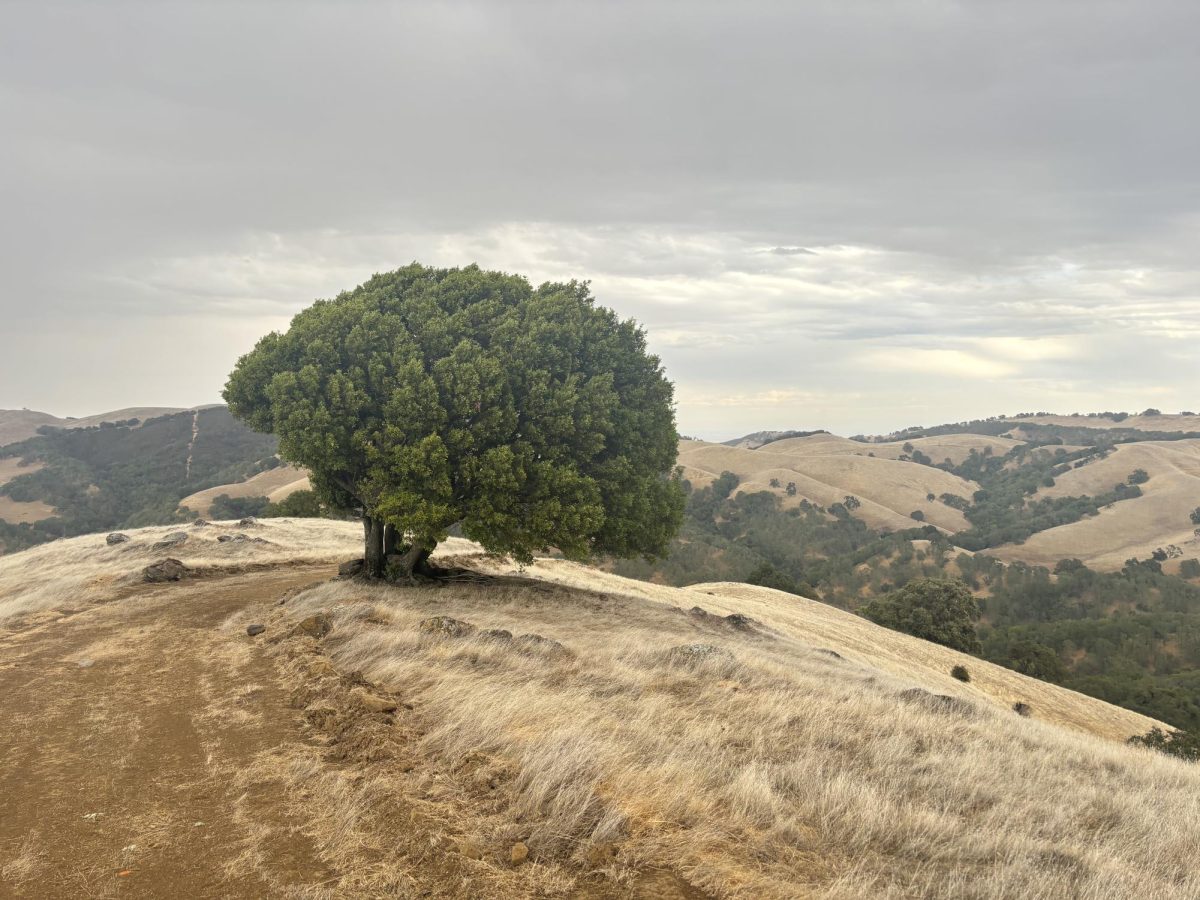The Difference Between a Fear and a Phobia
September 23, 2022
Arachnophobia, claustrophobia, trypophobia; these are all words many people have likely heard before in casual conversation or when asking someone what they’re scared of. However, is it really correct to use the word “phobia” when referring to your fears?
Everyone is scared of something, physical or not. Common symptoms of fear are increased heart rate, sweating, shaking, and quickened breathing. Often, fear is a result of a real or imagined threat that is either occurring in the moment or is likely to happen, and many are based on evolutionary responses. Some people enjoy the feeling of fear in a relatively safe environment, as it’s produced with some of the same chemical reactions involved in positive feelings of happiness and excitement. This can be achieved by watching scary movies or participating in extreme sports of some kind; it causes an adrenaline rush that can be enjoyable and fun for the person experiencing it.
Phobias, on the other hand, do not give the person any enjoyment when faced with a fear. An actual phobia is classified as an anxiety disorder in the DSM-5 (Diagnostic and Statistical Manual of Mental Disorders), and it invokes consistent, intense symptoms over a long period of time. The DSM-5 describes a specific phobia as “Marked fear or anxiety about a specific object or situation (e.g., flying, heights, animals, receiving an injection, seeing blood).” Phobia symptoms align a lot with those of fear, but can be much more intense or require less stimuli to trigger. As opposed to needing to experience the situation to feel fear, just thinking about the feared subject can cause distress. Phobias can also induce panic attacks, lasting anywhere from 5 to 30 minutes, which invoke intense feelings of panic and can seem like a heart attack.
Phobias often directly impact the sufferer’s daily life, as they go out of their way to avoid scenarios in which their fear might appear. Agoraphobia is a phobia classified individually that describes a fear of being in a space in which escape is hard or impossible and help is unavailable in the face of danger. Such spaces include most public areas, if not all, and individuals with agoraphobia can become bound to their homes out of fear.
Social anxiety disorder can also be described as a specific phobia of socializing. It’s characterized by strong and consistent anxiety and fear regarding social situations (e.g. going to school/work, shopping, others’ perceptions of the individual while in public). Intense feelings of fear regarding social situations can lead to a similar isolation as seen in agoraphobic individuals, as socializing is necessary in almost every public setting. In order to avoid needing to socialize, people with social phobia may also become bound to their houses. Both phobias have serious effects on the individual’s day to day life, and the same goes for many others. A serious phobia can be characterized by an active avoidance of situations in which their fear might appear, which can vary in difficulty.
This is all in opposition to a fear, where experiencing or imagining the feared subject typically invokes only feelings of disgust and aversion. Of course, that isn’t to say that fears are to be dismissed; being able to stand the thought of something that makes someone uncomfortable doesn’t mean it isn’t still very uncomfortable. However, when talking about having a fear versus having a phobia, there is an important medical distinction to make between the two.





























